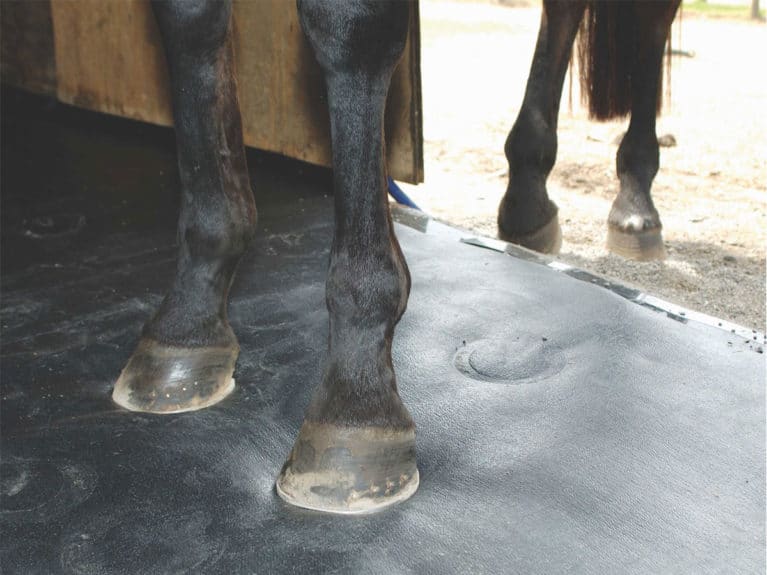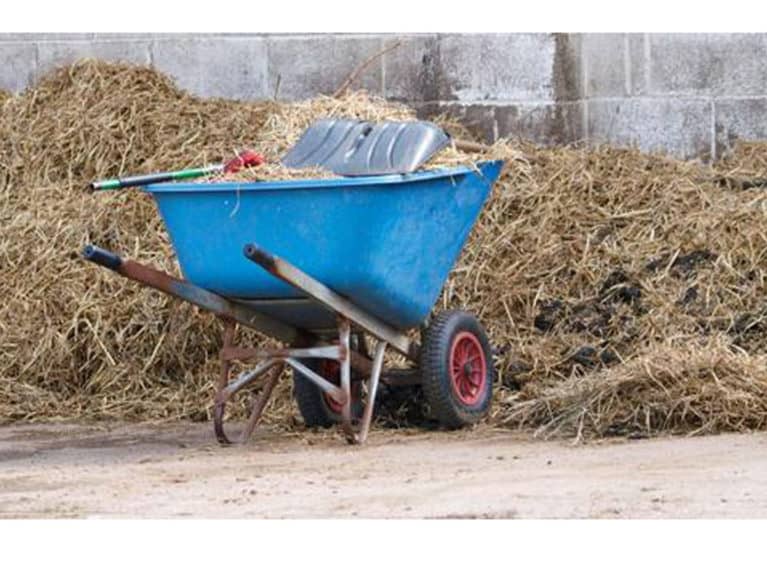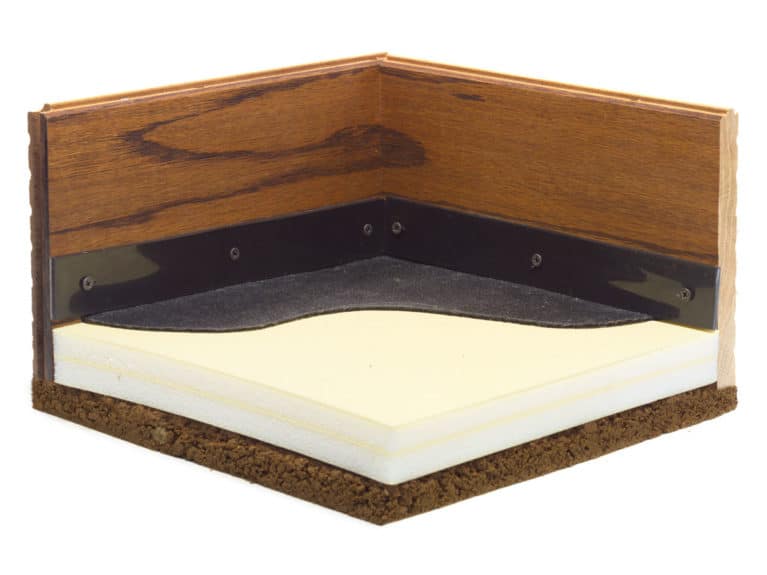You’ve probably heard of ammonia and the problems it can cause, but what can you do to lower the levels in your horse’s stable?

Ammonia is widely recognised as a strong irritant, even in small doses and at relatively low concentrations. Most often, it irritates tissue such as skin, eyes, nasal passages, sinuses, the respiratory tract and the lungs of both horses and humans. The effects range from both short-lived, reversible discomfort, to serious health effects with chronic, irreversible, and sometimes even life-threatening effects.
What you need to know about ammonia in the stable
Ammonia levels in the stable are a higher and more serious health risk for you and your horse you might think. Most assessments of air quality in stables are made subjectively, by the noses of humans who spend time with them day in, day out. They’re rarely done objectively using instruments designed to measure ammonia, not only at standing human nose level but also in other areas of the barn, especially at floor level in the stables where your horse lies down.
When he’s sleeping, the air your horse draws into his lungs is at its most toxic. During this time, he breathes much more slowly and deeply, inhaling the toxic ammonia fumes further into his respiratory system. This is of particular concern with foals as well – a foal will spend a lot of time lying down and has a much more sensitive respiratory system.
Managing ammonia
Most owners and grooms are aware that ammonia is an unpleasant scent, so they take steps to address it such as removing all wet bedding and clearing out under rubber mats as and when they’re able. However, this is only treating the symptoms, rather than the underlying problem meaning that ammonia levels remain high, even in well-ventilated stables.

The underlying problem
To get at the source of the fumes, you need to understand where the ammonia in the stable comes from. Contrary to popular belief, it doesn’t come from urine. However, urine contains urea, which is broken down by bacteria – this process that produces ammonia. If urea is regularly available, the bacteria population will dramatically increase and the situation quickly escalates to the point at which stripping the stall and leaving it empty for a few days to dry does nothing to dampen the ammonia smell. There’s so much stockpiled urine already soaked deeply into the substrate that the bacteria can live on its urea for a long time, while the ammonia continues to stream up and into the stall.
Removing the source
When stables are constructed, drainage is often a paramount part of the design. However, current understanding proves that this is necessary for flooding from heavy rains, rather than drainage of body fluids. Instead, it’s important to stem the tide of ammonia fumes by making the floor non-porous, which allows you to contain the urine and gives the bedding more chances to absorb it. This means that when you muck out the wet bedding, you can remove all the urine and starve subterranean populations of bacteria that have been thriving on its steady supply of urea.
One way to achieve this is to equip new or existing stalls with a wall-to-wall, non-porous, seam- and perimeter-sealed rubber mat, such as ComfortStall from Haygain. Studies have shown that ComfortStall installation results in a significant reduction in ammonia within a couple months of installing them over previously porous floors. It’s the flooring of choice for Cornell University Veterinary Hospital, where over 1,000 horses a year recover from surgery.

When compared to alternative bedding options, ComfortStall boasts an impressive array of benefits for you and your horse, including…
- the improvement of respiratory and joint health
- better quality of rest
- a return on investment of less than a year
- substantially lower quantity of bedding required
- reduced chance of hock sores.
For more information please visit haygain.co.uk.















